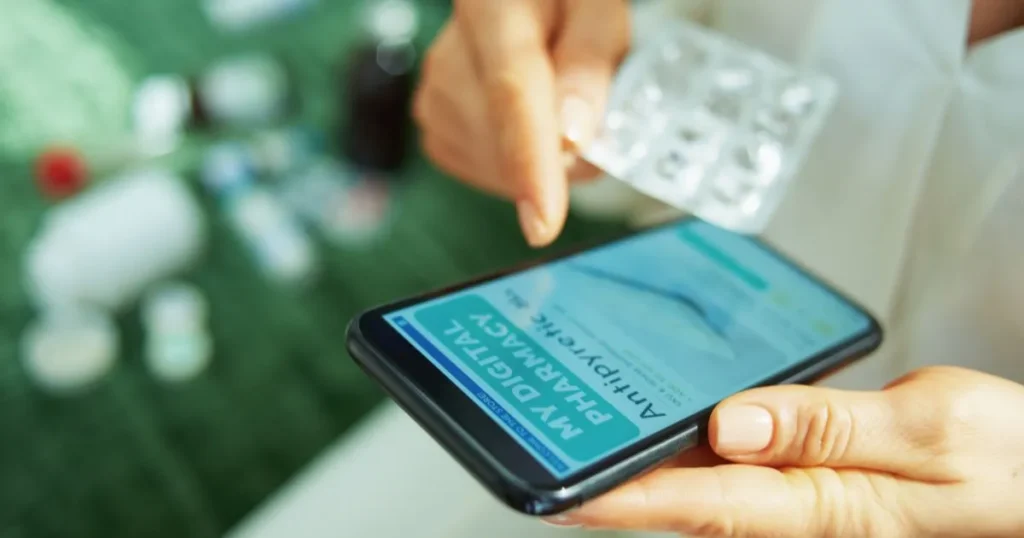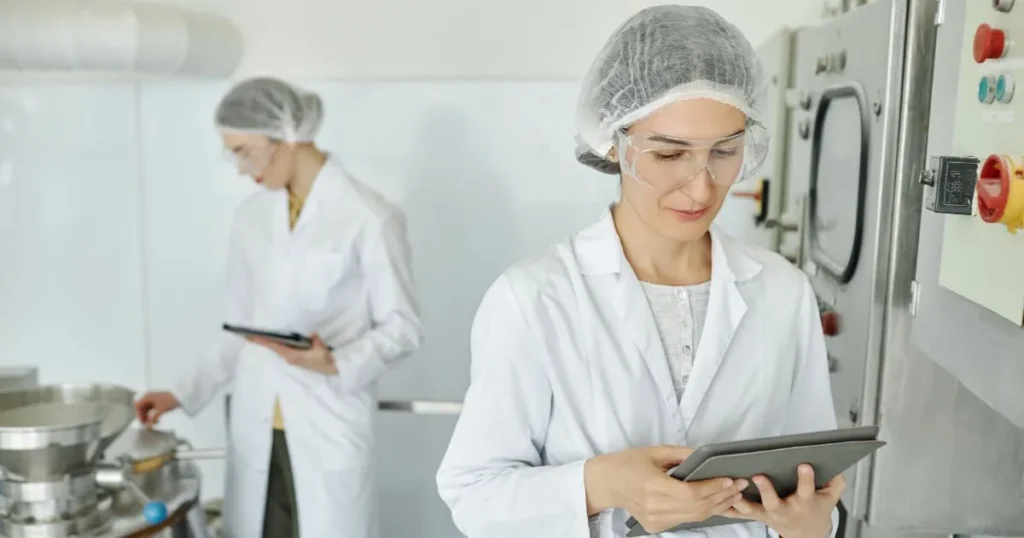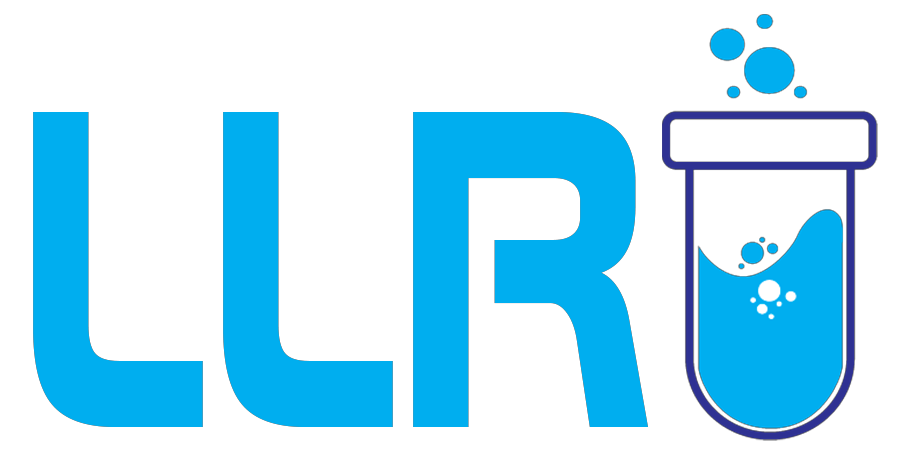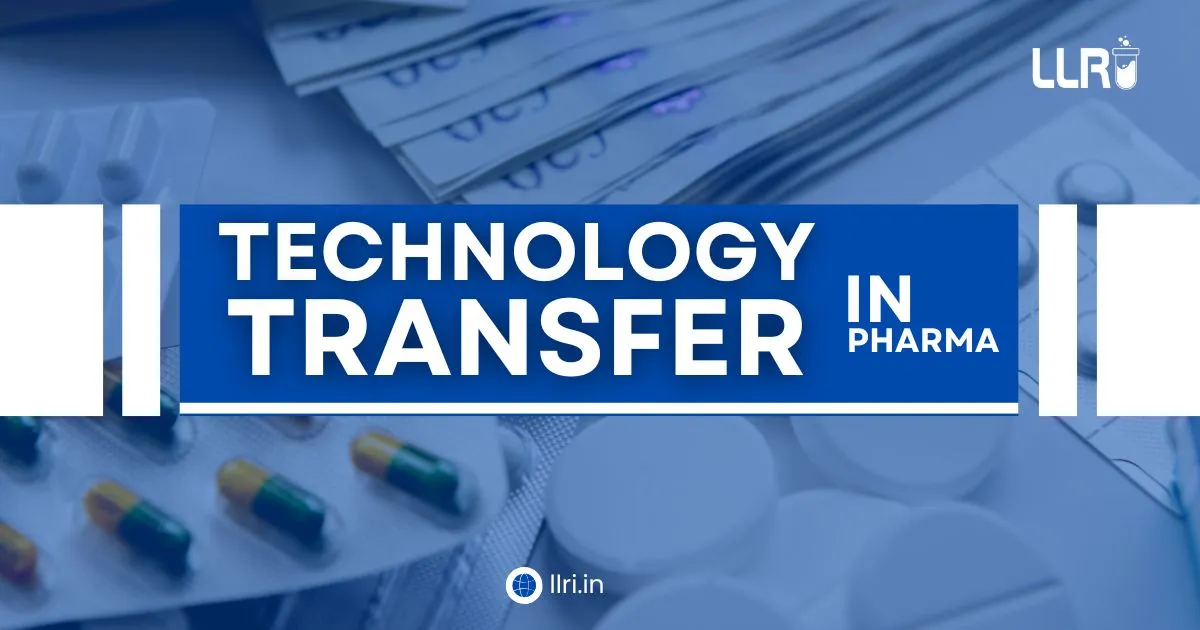Technology Transfer in Pharmaceutical Industry: Let’s be honest, most people outside the pharmaceutical world don’t even hear about it. You pop a pill, feel better, and move on. But behind that relief is a delicate, high-pressure operation that almost no one sees: technology transfer in pharmaceutical industry.
It’s not the research. It’s not the marketing. It’s not even the manufacturing, at least, not yet.
It’s the bridge.
This quiet process sits smack in the middle of discovery and delivery, and if it’s not handled precisely, drugs don’t reach patients. Or worse, they reach with inconsistency, risk, or regulatory failure. That’s why technology transfer in pharma is not just a process, it’s a high-stakes translation.
And in India, with its growing generic drug sector and global manufacturing footprint, it’s more than essential, it’s foundational!

So, what is Technology Transfer in Pharmaceutical Industry, really?
Alright, let’s strip it to its bones.
Technology transfer in pharmaceutical industry refers to the systematic handover of knowledge, documentation, and technical skill from one function or organisation to another.
That might be:
- From R&D to a manufacturing unit,
- Between two manufacturing locations,
- Or even from a drug innovator to a generic drug maker.
It includes transferring:
- The formula,
- The manufacturing process,
- The quality controls,
- The equipment specs,
- And most importantly, the know-how.
Imagine you’ve baked the perfect cake at home. Now, someone wants to mass-produce it in a factory with different ovens, ingredients from different suppliers, and on a tight timeline. Your job? To teach them how to replicate your cake exactly, every single time. That’s what TT is in pharma.
The Basic Requirement of Technology Transfer Is Trust: But Not Just That
We’re often told the basic requirement of technology transfer is data. But the truth? That’s just the starting point. A successful TT depends on:
- Robust documentation: SOPs, batch manufacturing records, validation protocols.
- Process understanding: Deep technical insight into how the drug behaves.
- Skilled manpower: Both sender and receiver need sharp, trained teams.
- Equipment compatibility: The receiving site must be capable of reproducing results.
- Regulatory alignment: Because if the paperwork doesn’t match, regulators will shut it down.
- Collaborative culture: Tech transfer isn’t a download, it’s a dialogue.
Read More: Pharmacovigilance Course with Placement in India
Types of Technology Transfer in Pharma
Technology transfer isn’t a one-size-fits-all process. Depending on the context and goal, it can take several different forms. Let’s walk through the most common types of technology transfer in pharmaceutical industry:
1. Process Development Transfer
This type of transfer occurs when a drug formulation is scaled up from the laboratory stage to pilot or full commercial production. The focus here is on adjusting and validating the process so that it works effectively at a much larger scale while maintaining product quality and consistency.
2. Manufacturing Site Transfer
In this case, the production process is moved from one manufacturing facility to another, which could be within the same country or across international borders. This is often done to meet regulatory demands, cut production costs, or boost capacity in a different region.
3. Product Transfer Between Companies
Sometimes, a pharmaceutical company licenses its drug product to another firm for manufacturing or marketing. This transfer involves sharing proprietary processes and requires strong intellectual property (IP) protection, as well as clear legal and technical agreements between the two parties.
4. Interdepartmental Transfer
This type happens within the same company, typically when the research and development (R&D) team hands over a product to the production, quality assurance, or quality control departments. Though it stays internal, it still requires thorough documentation, training, and validation steps to avoid any missteps.

What is The Importance of Technology Transfer in Pharmaceutical Industry?
Here’s the thing: pharma isn’t like other industries. The stakes are higher. A delay isn’t just lost revenue; it can be lives.
Let’s highlight the importance of technology transfer in pharmaceutical industry:
- Reduces time to market: India’s pharma industry is time-sensitive. A delayed launch can mean losing the edge to competitors.
- Guarantees uniformity across batches: Whether made in Delhi or Dublin, a drug should perform exactly the same.
- Boosts regulatory confidence: When data is clear and tech transfer is well-documented, auditors have fewer issues.
- Improves global market access: With solid TT processes, Indian pharma can cater to USFDA, EMA, and WHO standards.
- Minimises manufacturing failures: Properly transferred tech means fewer rejections and recalls.
“India supplies 60% of global vaccine demand and 40% of US generics. None of this would be possible without structured technology transfer protocols.” – Department of Pharma
Advantages and Disadvantages of Technology Transfer
Like most processes in the pharmaceutical world, technology transfer in pharmaceutical industry brings both benefits and limitations. Here’s a clearer look at each side of the coin.
Advantages
- Faster commercialisation: One of the biggest advantages of technology transfer is that it speeds up the launch of new pharmaceutical products. When the process is transferred effectively, production can scale up quickly without affecting quality.
- Smoother regulatory approvals: Well-documented and validated processes make it easier to get approvals from regulatory bodies like CDSCO, USFDA, or EMA. A proper transfer often leads to fewer compliance issues.
- Better collaboration and innovation sharing: Technology transfer encourages collaboration between departments or companies. It allows knowledge-sharing, which strengthens innovation and speeds up development.
- Global standardisation: Technology transfer helps create uniform manufacturing practices across different sites. Whether the drug is produced in India or another country, the quality and performance remain the same.
- Scalability of production: Once the process is validated, it becomes much easier to increase production volumes to meet market demand.
Disadvantages
- Complex and time-consuming documentation: Preparing, reviewing, and validating the required technical documents takes a lot of time and resources.
- High training costs: The receiving site must train its staff to understand and execute the transferred process correctly. This can involve expensive, repeated training sessions.
- Risk to Intellectual Property (IP): When sensitive data is transferred, especially across companies, there’s always a risk of misuse or leaks if strong legal protections aren’t in place.
- Communication gaps: Miscommunication or unclear documentation during the transfer process can result in production errors, delays, or even product recalls.
- Equipment mismatch issues: The receiving facility may not have the same equipment as the sender, leading to process changes, delays, or additional investments in machinery.
What is an Example of Technology Transfer That Changed the Game?
Let’s go back to 2021.
Case: Covaxin Tech Transfer
Bharat Biotech’s COVID-19 vaccine, Covaxin, had to be scaled fast. To meet demand, the Indian government-initiated technology transfer to other Indian public sector manufacturing units like Haffkine Bio-Pharmaceutical Corporation.
This meant:
- Sharing proprietary processes,
- Training teams at new sites,
- Ensuring same efficacy and safety.
That’s technology transfer in pharma working under pressure and delivering.
Where India Stands Today: TT in the Indian Pharma Ecosystem
India, often called the pharmacy of the world, relies heavily on TT, especially in its generic drug and vaccine manufacturing landscape. But challenges remain.
- Many SMEs lack proper SOPs.
- There’s often poor documentation culture.
- IP rights between companies can create conflicts.
- And regulatory documentation isn’t always harmonised.
That said, with increased global partnerships and regulatory tightening, companies are finally treating TT as a core function, not a side process.

On A Final Note…
So, the next time you walk into a pharmacy or open a strip of tablets, remember, those pills didn’t just appear. There was a maze of processes, documents, training sessions, audits, and late-night calls behind them.
Technology transfer in pharmaceutical industry isn’t glamorous, but it’s the hidden engine that powers drug availability across the globe. In India, it’s not just relevant, it’s crucial for growth, global trust, and life-saving missions.
FAQ
Q1: What is technology transfer in pharmaceutical industry?
It’s the structured handover of product knowledge, process instructions, and data from development to production teams.
Q2: What are the types of technology transfer?
There are several: internal, external, process scale-up, site-to-site, and interdepartmental transfers.
Q3: What is the importance of technology transfer in pharmaceutical industry?
It enables consistent product quality, regulatory compliance, faster market entry, and manufacturing efficiency.
Q4: What is an example of technology transfer in pharma?
Covaxin’s transfer from Bharat Biotech to other units is a classic example.
Q5: What are the advantages and disadvantages of technology transfer?
While it speeds up production and improves quality, it can also face IP, training, and documentation hurdles.

